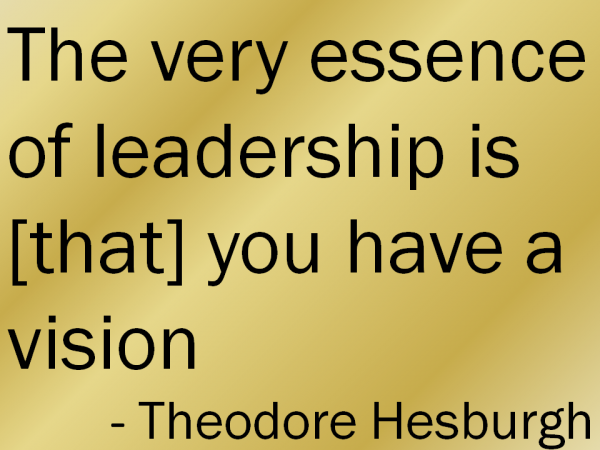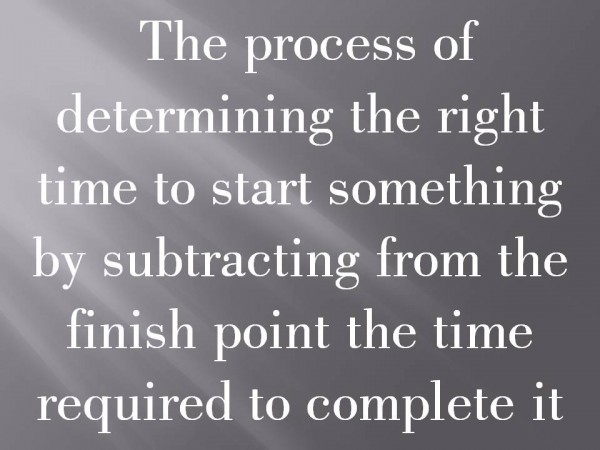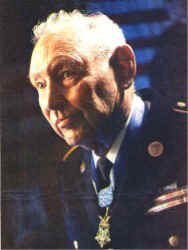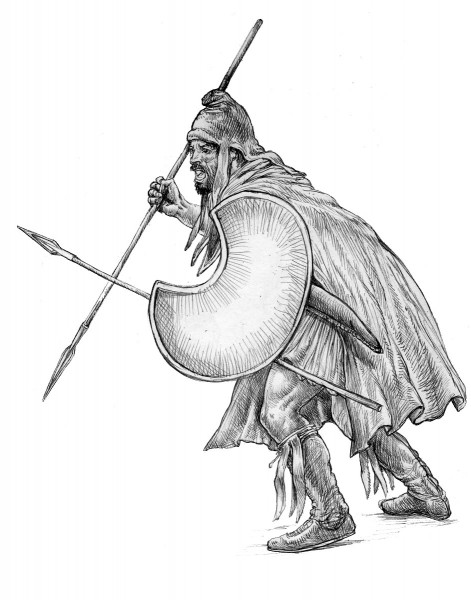Arrogant [Eloquent] lips are unsuited to a fool
how much worse lying lips to a ruler! Proverbs 17:5-7 (NIV)
Truthfulness is an elusive habit for leaders. We are assaulted daily by situations that beg for lies, half-truths, misinformation, deception, and withholding. These situations arise at work from difficult communication, positions of disadvantage to us, and fear of retribution. Within our families they arise from personal pride toward spouses, fear of children’s actions, and discomfort with admitting to wrong actions.
The mad boss asks, “Who made this decision?”
The Christian brother states, “I’m only flirting with her, I can control it.”
The inefficient employee asks, “Am I doing ok working for you?”
The spouse demands, “Where did all of our money go?”
Your child asks, “Where do babies come from?”
A Christian Leader’s response:
1. Just tell it. The benefits of truthfulness outweigh the costs in the long run as your boss learns to appreciates your trust and candor, your spouse loves the open communication, and your children model. Warning, blunt truthfulness will mark you as a jerk and harm your ability to influence. Use gentleness and patience to form your communication in a way that creates an environment of appreciation.
2. Demand it in return. My initial briefing to new employees has always included the requirement of truth. My nature I am a trusting person, tell me something and I take it to the bank until that something is proven false. Once you lose my trust it’s hard to get it back. My daughters were raised with the same requirement. I marvel at parents who severely discipline children based on honest disclosure. Since birth we have demanded truth and lessened discipline with it. The result, open communication… something seemingly rare in today’s youth.
To be persuasive we must be believable; to be believable we must be credible; credible we must be truthful. Edward R. Murrow




